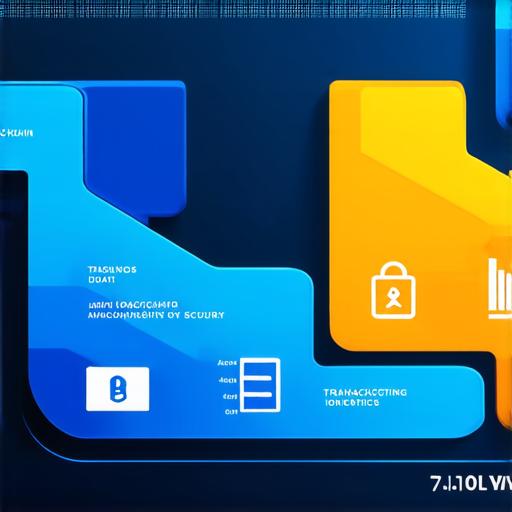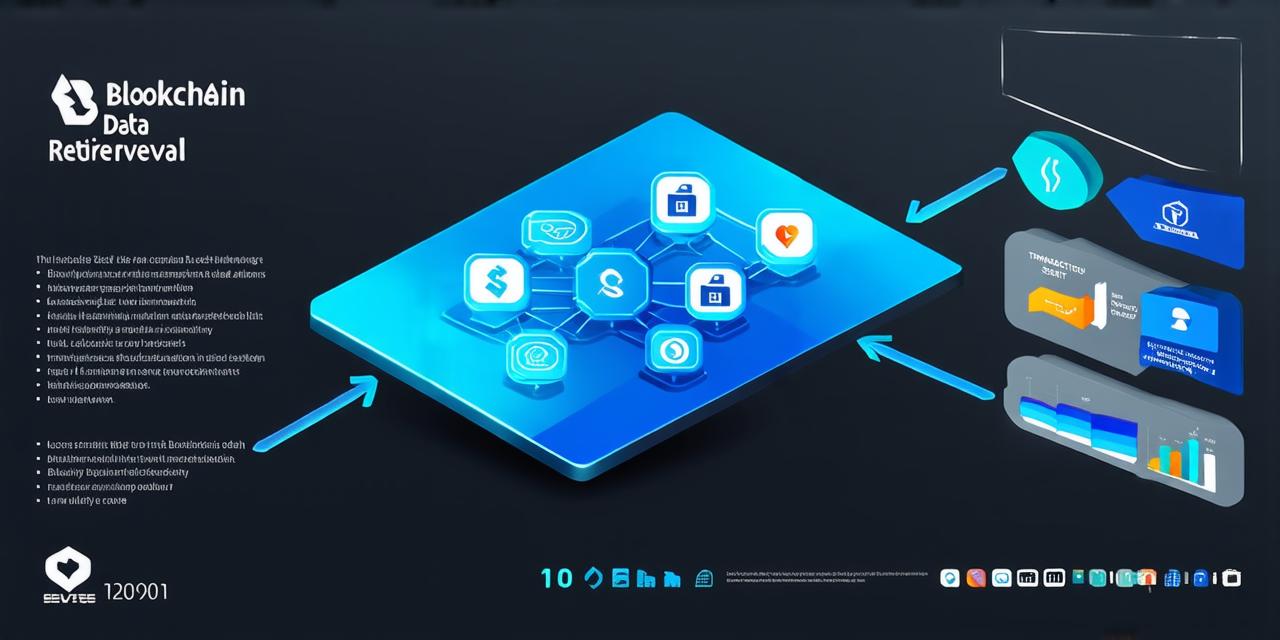Introduction
Blockchain technology has gained widespread attention and adoption in recent years, with numerous use cases across various industries, such as finance, supply chain management, and digital identity verification. However, despite its growing popularity, many developers still struggle to understand how to get blockchain data efficiently and effectively. In this guide, we will explore the different methods of retrieving blockchain data and provide valuable insights for managing and analyzing the data you collect.
Understanding Blockchain Data
Before we dive into the methods of retrieving blockchain data, let’s first define what blockchain data is. Blockchain data refers to the information stored in a blockchain network, which consists of a distributed ledger that contains transactional and non-transactional data. This data can be categorized into different types, such as:
* Transaction Data: This type of data includes all transactions made on the blockchain, including cryptocurrency transactions, smart contract executions, and other types of transactions.
* Non-Transactional Data: This type of data includes various types of information that are not directly related to transactions, such as user profiles, product descriptions, and other types of metadata.
Once you understand the types of blockchain data available, you can begin exploring the different methods of retrieving this data.
Methods of Retrieving Blockchain Data
There are several methods for retrieving blockchain data, each with its own advantages and disadvantages. Here are some of the most common methods:
1. API Integration
API integration is one of the most popular methods for retrieving blockchain data. An API (Application Programming Interface) allows developers to access data from a specific source, such as a blockchain network or database, and use that data in their own applications. API integration offers several benefits, including:
* Ease of Use: APIs are designed to be user-friendly and accessible, making it easy for developers to retrieve the data they need.
* Customization: Developers can customize the data they retrieve through an API, allowing them to focus on the specific information they need for their application.
* Scalability: APIs allow developers to scale their applications as needed, making it easy to handle large volumes of data.
However, there are also some drawbacks to API integration, including:
* Data Security: Retrieving data through an API can pose a security risk if the API is not properly secured or if the data being retrieved contains sensitive information.
* Costs: Some blockchain networks charge for access to their APIs, which can be a costly barrier to entry for smaller organizations.
2. Block Explorers
A block explorer is a website that allows developers to explore and analyze the data stored on a specific blockchain network. Block explorers typically offer a range of tools and features for analyzing transactional and non-transactional data, including:
* Transaction History: Block explorers allow developers to view the complete history of transactions made on a blockchain, including details such as sender and recipient addresses, transaction amounts, and timestamp.

* Smart Contract Analysis: Some block explorers offer tools for analyzing smart contracts, allowing developers to view contract code and analyze contract execution.
